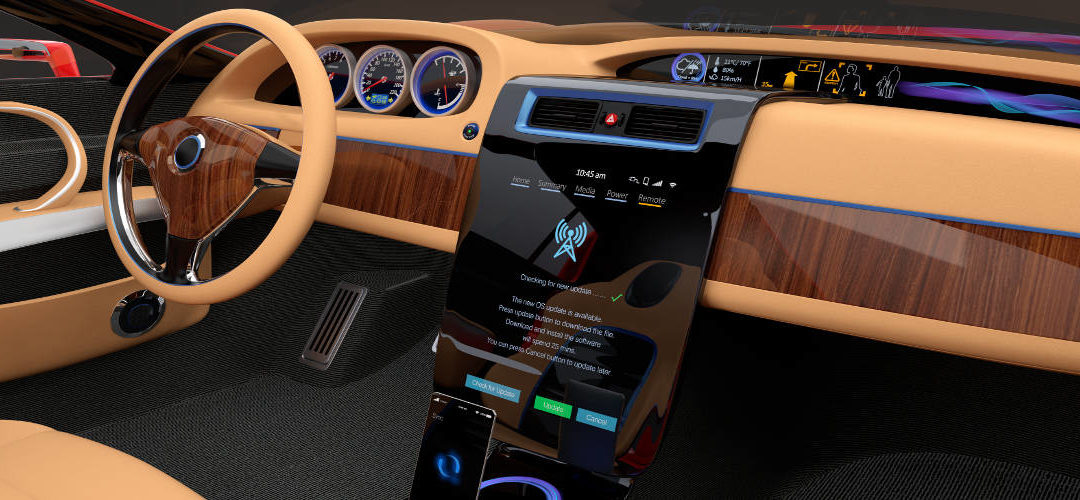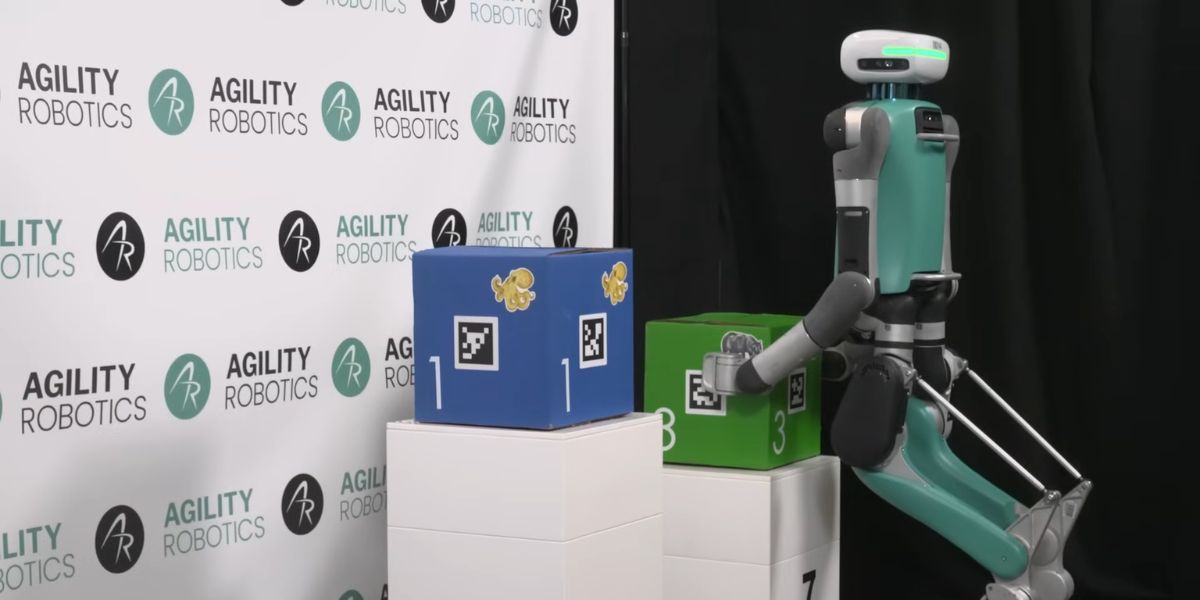The new research, Wireless Charging: Opportunities, Applications & Standards 2015-2020, found that the technology will enable a range of new in-vehicle services, such as on-board audio streaming, automatic cockpit drill customisation and context-specific notification filtering, made possible through the data exchange and constant power supply. This will also allow automakers to provide software-based services merely through streaming notifications from phone to dashboard, rather than needing to keep on-board firmware and hardware updated.
Compatibility
With no established standard for wireless charging, manufacturers have been hesitant to adopt the technology for fear of buying into a system that will soon be obsolete. As a result, several manufacturers have begun to provide solutions that cater for two main specifications: Qi; and A4WP/PMA. These de-facto solutions are helping to overcome compatibility problems, but as they require more complex components than those geared to a single specification it will keep prices relatively high.
To Wire or Not to Wire? It Needs to Be a Question
While several smartphone brands have already incorporated wireless charging capabilities into their phones, consumers, in the main, are still unaware of the feature.
This is set to change over the next few years, as more brands begin to promote the concept, with Samsung’s promotion of the Galaxy S6 being the trailblazer. However, in the short term, most phones will continue to be shipped with a wired charger as standard.
‘For wireless charging to truly succeed, carriers and phone retailers need to provide consumers with an option for wireless chargers supplied with new devices,’ remarked research author James Moar. ‘The technology will not take off if it remains a $30+ additional purchase. This is why the automotive market is so important; if the technology is provided as standard in cars, consumers can appreciate the benefits without feeling like it’s a risky or unnecessary additional purchase.’
Other key findings
Over a third of all smartphones shipping in 2020 will have wireless charging capability built in, with more enabled by accessories.
As well as being present in smartphones, laptop makers will be looking to harness the technology, with nearly 20% of in-use laptops being capable of charging wirelessly by 2020.
The whitepaper, Wireless Charging – A Surge of Interest, is available to download from the JuniperResearch website together with further details of the new research.















